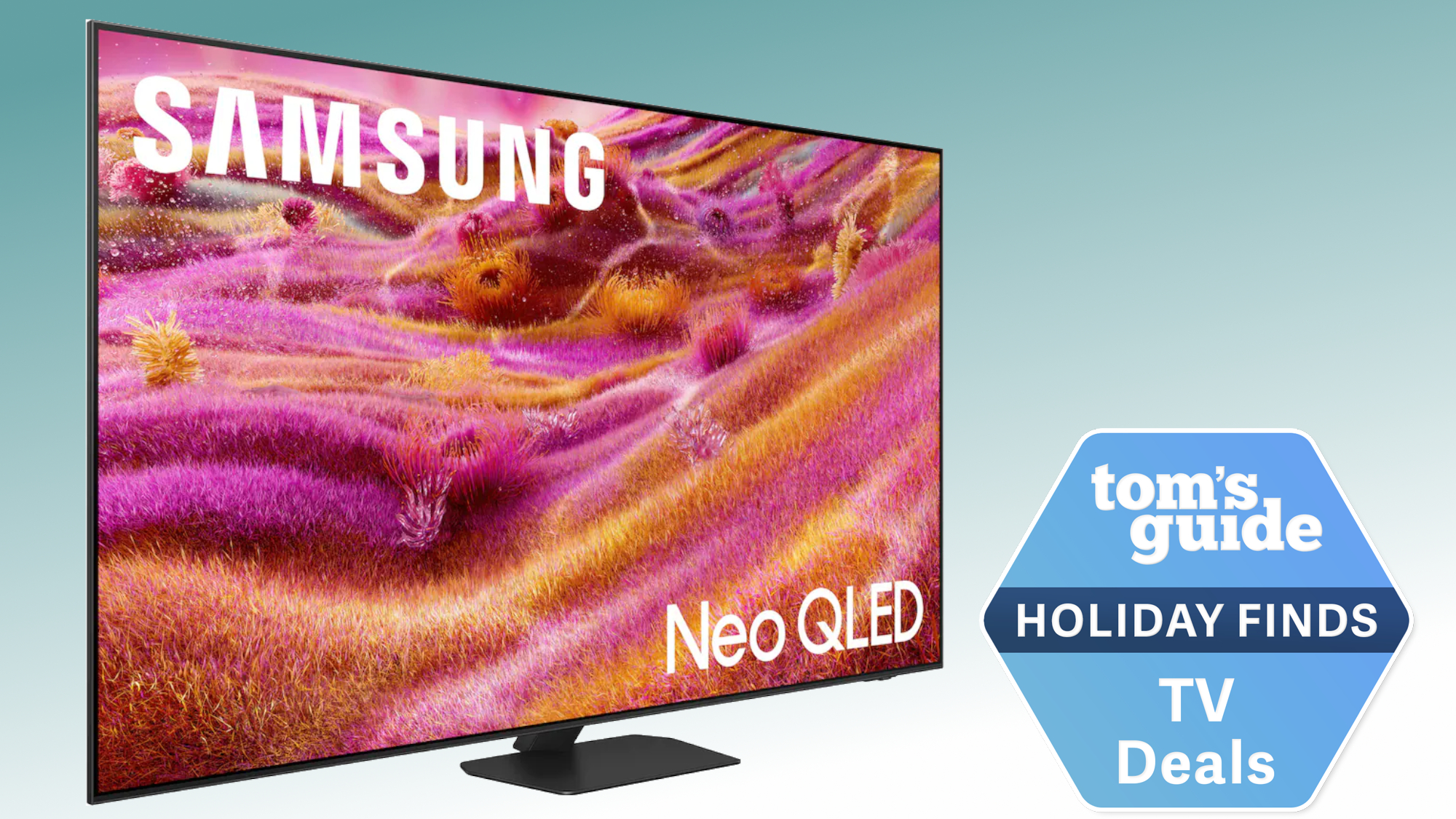Amazon photo storage vs Google Photos
We compare Amazon Photos and Google Photos to find the best cloud photo storage option
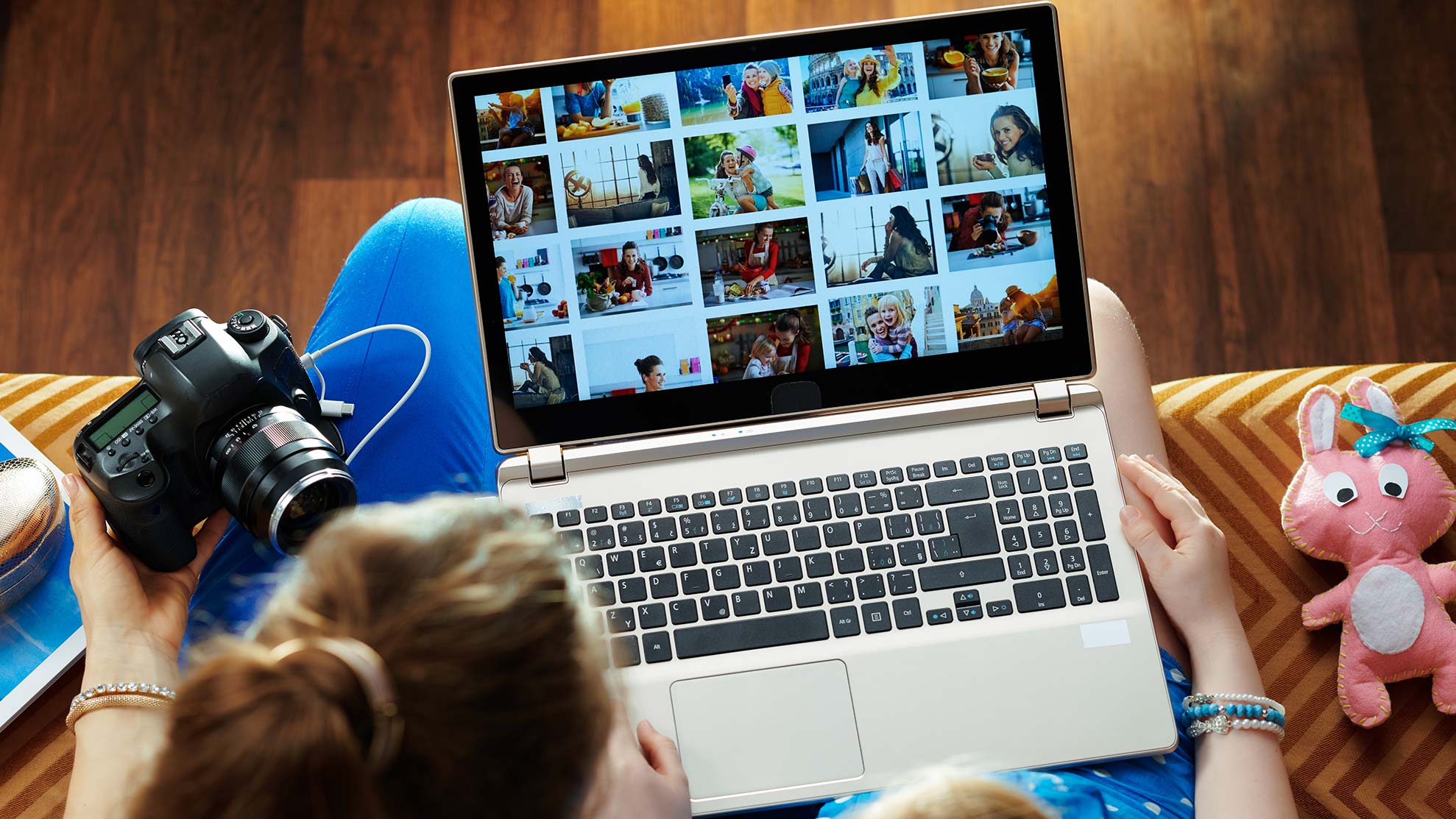
With smartphone cameras constantly improving, it’s easy to capture and save cherished memories. But if your phone storage is filling up from photos of your last family vacation—or just photos of your cat—it might be time to move your photos to the cloud.
Amazon Photos and Google Photos are two of the best cloud storage options available, made all the more popular by the fact that many people already have Amazon and Google accounts.
In this article, we’ll compare Amazon photo storage vs Google Photos, looking at their features, performance, support, and pricing to determine which is the best cloud storage for photos.
Amazon photo storage vs Google Photos: Features
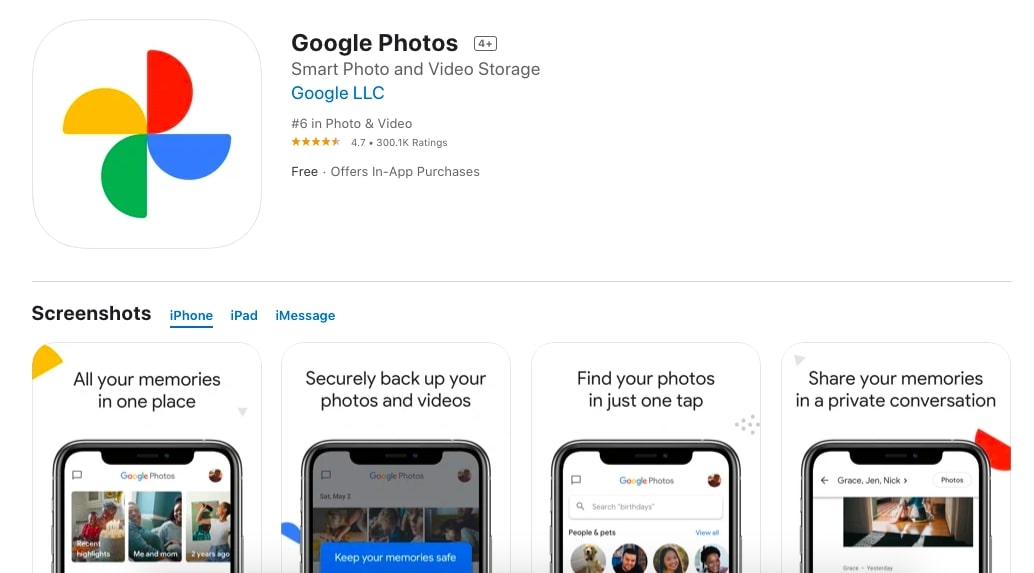
Google Photos is a subset of Google’s broader cloud storage option, Google One (for consumers) or Google Workspace (for businesses). A separate app specifically for Google Photos enables you to view and manage the photos stored on your Google Drive. Google Photos is available as an app for smartphones and tablets so you can sync photos directly from your devices. There’s also an app for desktops to sync photos from your computer, although Google Photos can also be accessed through a browser.
Like Google Photos with Google Drive, Amazon Photos is a subset of Amazon Drive. There's also an Amazon Photos app for smartphones, tablets, and desktops.
Both apps enable you to sync your photos automatically, and both have the option to turn off automatic sync when not connected to Wi-Fi—a crucial feature if you are on a limited cellular data plan.
An important capability in photo cloud storage is photo organization. With Google Photos, it’s easy to put photos into albums. You can even create an auto-updating album: when new photos of a selected person or pet are synced, they will automatically be added to that album, saving you time. Google Photos also has an archive feature, where photos will remain stored on the drive but hidden from the main grid.
Get instant access to breaking news, the hottest reviews, great deals and helpful tips.
Amazon Photos also enables you to create your own albums, as well as auto-generating albums for people and places.
Both services enable you to easily share albums by text message, email, or with other users of the app. However, Amazon Photos also has a messenger-style feature, whereby you can create sharing groups with other Amazon Photos users. In addition to sending photos back and forth, you can send comments and reactions.
With many of us having thousands of photos on our devices, finding the exact photo we’re looking for can be a pain. Both Amazon Photos and Google Photos use photo recognition to enable you to search photos by person/pet, location, or things in the photo (like “bike” or “train”).
Google Photos also has a few built-in extras, like the ability to create a photo collage right from the app. But overall, Amazon Photos and Google Photos are comparable on features, both offering the essentials as well as a few extras.
Amazon photo storage vs Google Photos: Performance
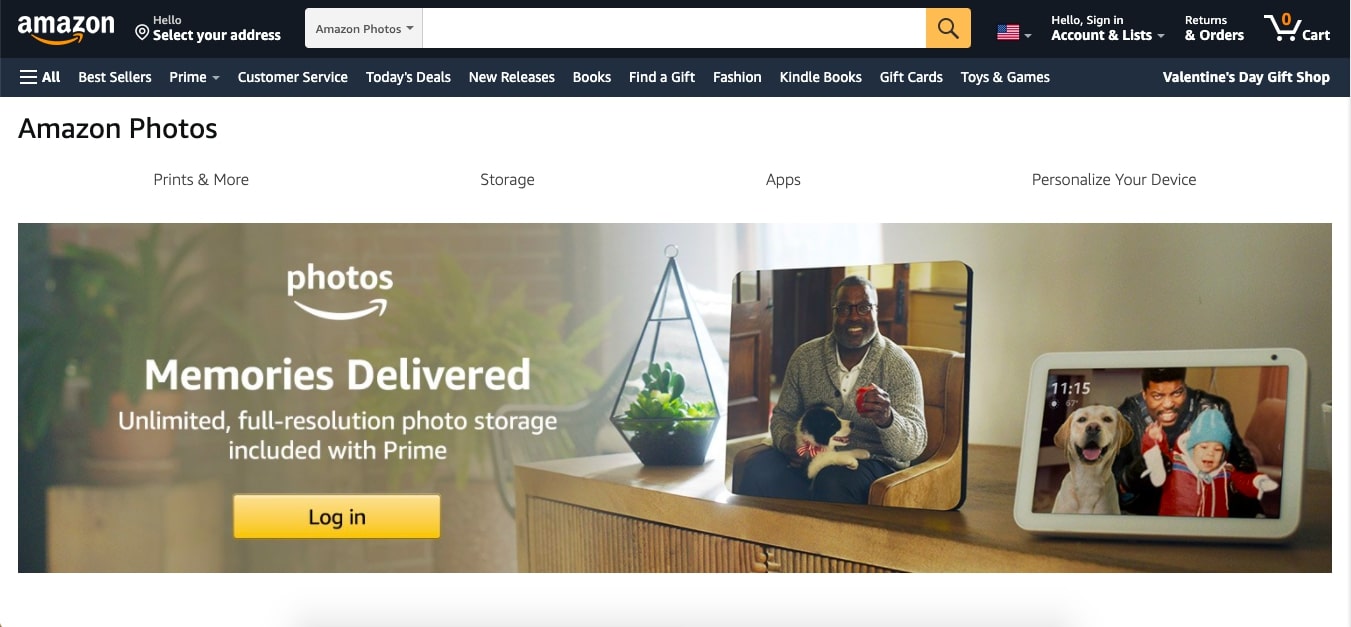
When it comes to cloud storage for photos, the most important question is “How many pictures can I store?” For Amazon Photos, the answer is simple: if you’re a member of Amazon Prime, you can store unlimited photos at any resolution. Amazon Prime members can also store up to 5 GB of video. Non-Prime members have up to 5 GB of free storage for photos and videos combined.
Google One offers all Google account users 15 GB of free storage across all of Google, including Google Docs and Gmail as well as Google Photos. Google Photos currently allows unlimited storage of compressed quality photos; however, this will end on June 21, 2021. From then, all newly uploaded photos will count towards a Google account user’s free 15 GB. (Photos uploaded before June 21, 2021 will be grandfathered in.)
We tested the upload speeds of Amazon photo storage vs. Google Photos and found that Amazon Photos was slightly faster. The Google Photos app also unexpectedly quit multiple times while backing up, which is frustrating because the app must be open to upload photos to the cloud.
Both apps were easy to set up and get started syncing. Because Google Photos lacks the messaging feature of Amazon Photos, it has a slightly cleaner interface—but both are straightforward to navigate.
If you are already an Amazon Prime member for other benefits, Amazon Photos easily beats Google Photos for the capability to upload as many full-quality images as you want.
Amazon photo storage vs Google Photos: Support
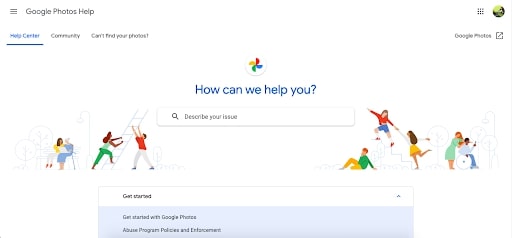
Google Photos has an easy-to-locate support option right in the app, suggesting popular troubleshooting pages. You can also ask the Google community for help. Google Photos support is similar on the web, with the added benefit of being able to see other posts in the Google community, similar to a message board.
Amazon Photos also offers support both directly from the app and on the web, but with one crucial component that Google Photos is missing: the ability to contact Amazon support by phone or email. This easy integration means Amazon Photos offers greater support to its users.
Amazon photo storage vs Google Photos: Pricing and plans
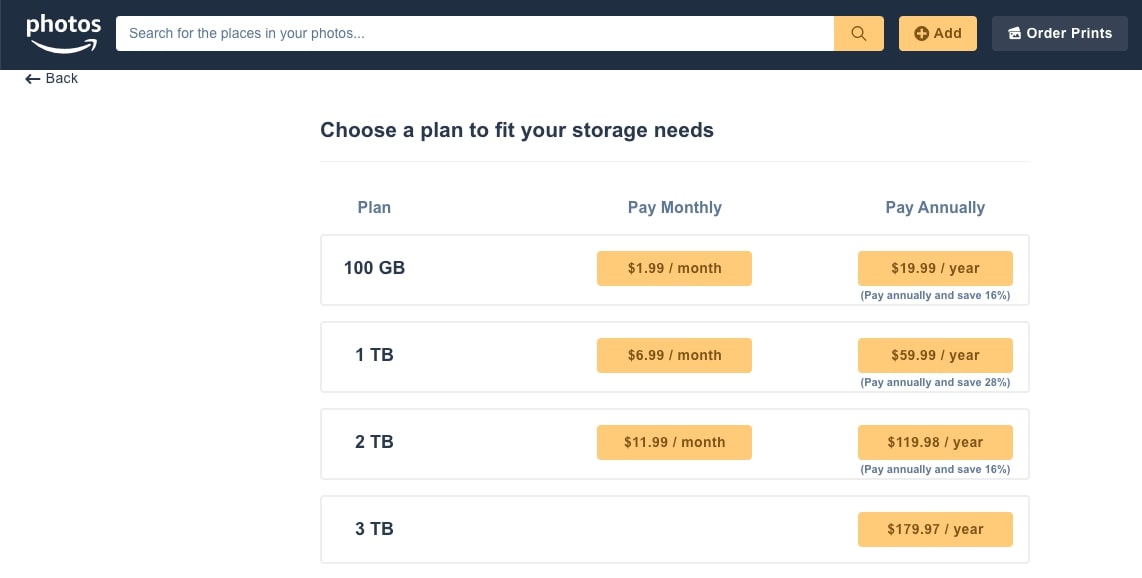
Amazon Photos offers unlimited photo storage to Prime members, but of course Prime membership isn’t free. An Amazon Prime membership costs $12.99 per month, or $119 annually.
All Amazon members—even non-Prime members—have up to 5 GB of free cloud storage. If you need more storage without a Prime membership, you can purchase 100 GB for $19.99 annually (or $1.99 monthly) or 1 TB for $59.99 annually (or $6.99 monthly). After that, pricing becomes comparable with a Prime membership, so if you only plan on storing photos—not videos or other documents—it’s worth it to get a Prime membership for the unlimited storage option.
Google offers 15 GB of free storage to everyone with a free Google account. If you need more than that to store your photos to the cloud, which you likely will once the unlimited storage for compressed photos ends on June 21, 2021, you’ll have to upgrade to a paid Google One plan.
Google One plans start at $19.99 annually (or $1.99 a month) for 100 GB of storage. There’s also a 200 GB option for $29.99 annually (or $2.99 a month), or a premium 2 TB option for $99.99 annually (or $9.99 a month).
Amazon photo storage vs Google Photos: Verdict
If you are already an Amazon Prime member, Amazon photo storage is the clear winner. The app is easy to use and navigate, and unlimited storage of full-quality photos can’t be beaten.
However, if you’re not an Amazon Prime member already, Google Photos offers a comparable product at an equal or better price. Overall, Amazon Photos is a great benefit for Prime members, but Google Photos is a better option for other users.
- Our guide to the best cloud storage for photos
- How to Use Google Photos
- Google Photos archive: the what, why, and how
Sarah James is a freelance writer in Los Angeles. She has written about creativity, culture, and technology for brands like TechRadar, Submittable Content For Creatives, The Billfold, Pittsburgh City Paper, The Toast, and more.

